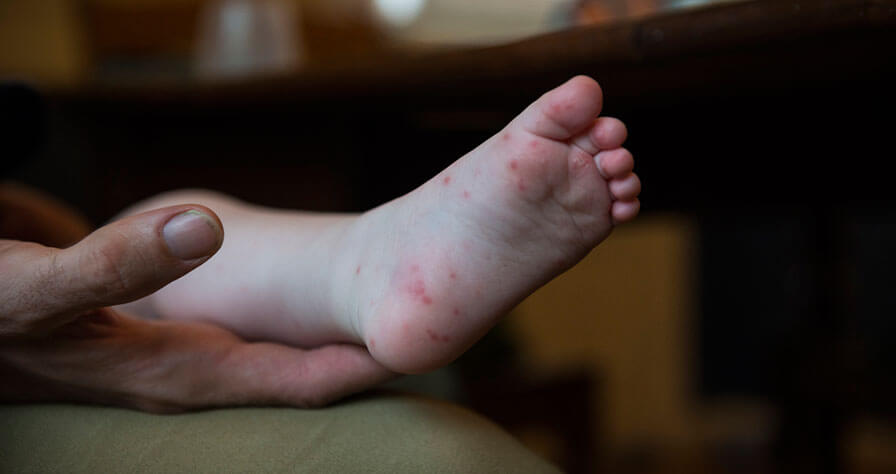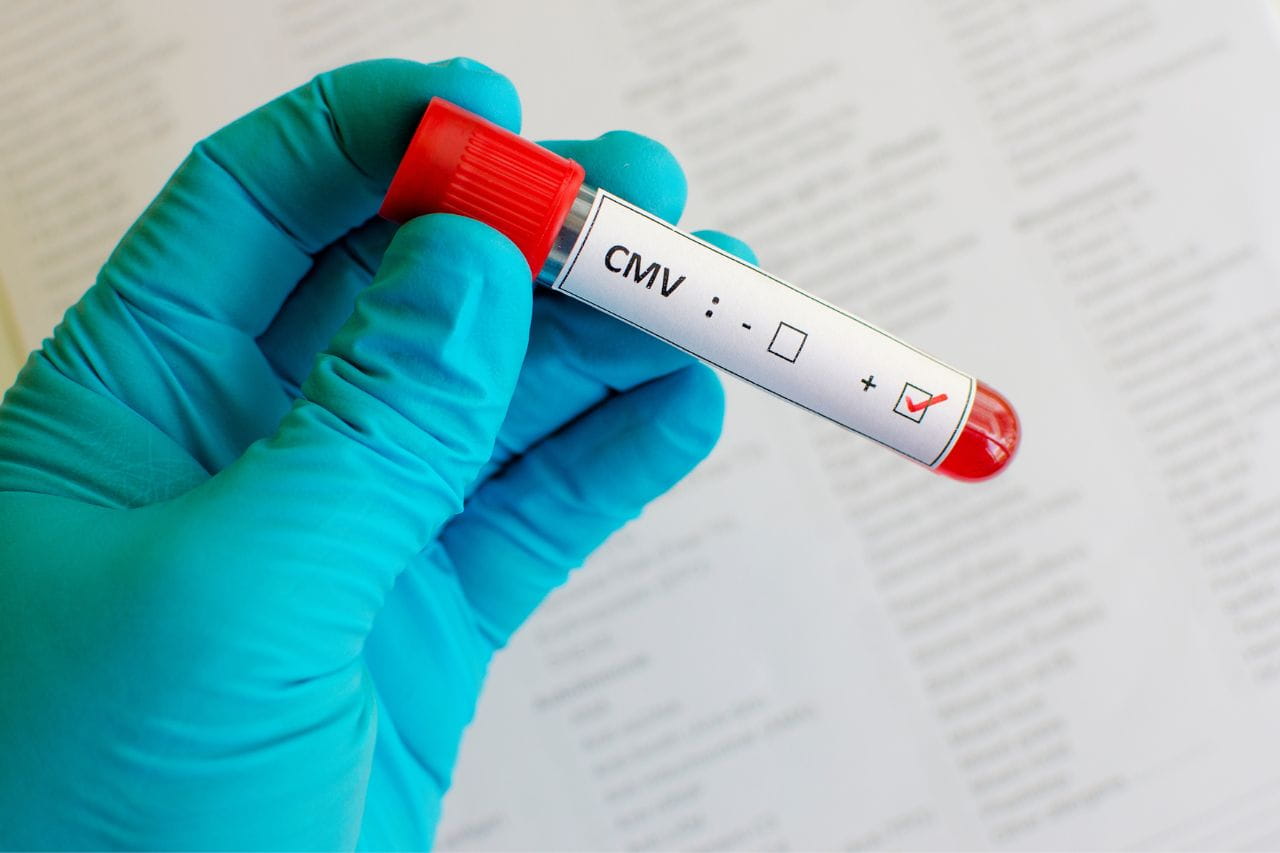Symptoms of Hand, Foot & Mouth Disease

According to the Center for Disease Control, Hand, Foot, and Mouth Disease – often abbreviated to HFMD – is a viral condition that predominantly affects younger children and is most common during the summer and fall seasons, although it can occur at any time there are those in close contact with one another. While not necessarily serious, Hand, Foot, and Mouth Disease can can be quite painful and unpleasant, especially in adult instances. HFMD is easily passed through coughing, sneezing, and direct contact with an individual carrying the virus and it often perpetuates within close communities such as schools and daycares.
Typically, the first sign of Hand, Foot, and Mouth Disease is a severe fever, followed then by a sore throat, a loss of appetite, and a general feeling of illness or lethargy. Beyond the initial symptoms, there are a number of readily apparent secondary signs that can further help identify Hand, Foot, and Mouth Disease if present.
Additional Symptoms
- Painful sores or ulcers inside the mouth, on the tongue, and around the gums
- Blisters or a rash on the hands, feet, or buttocks that can extend to the elbows, knees, or genital area
- Dehydration due to severe sore throat
The typical timeline for Hand, Foot, and Mouth Disease is three-to-six days to initial symptoms and two-to-four days to secondary symptoms, with the entire experience lasting less than two weeks. If symptoms such as fever and blistering worsen over time or if the condition prevents the consumption of fluids, consult a primary care physician for treatment options and support.
Looking for a physician near you? Be sure to check out our Baptist Health provider list and find the physician to best fit your needs.



.jpg?rev=9ddf6790805749b994e44780efdfb13c)